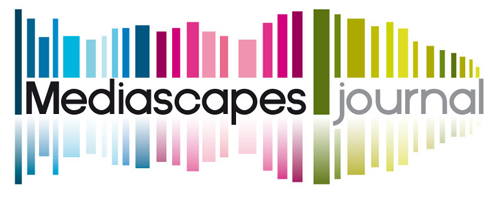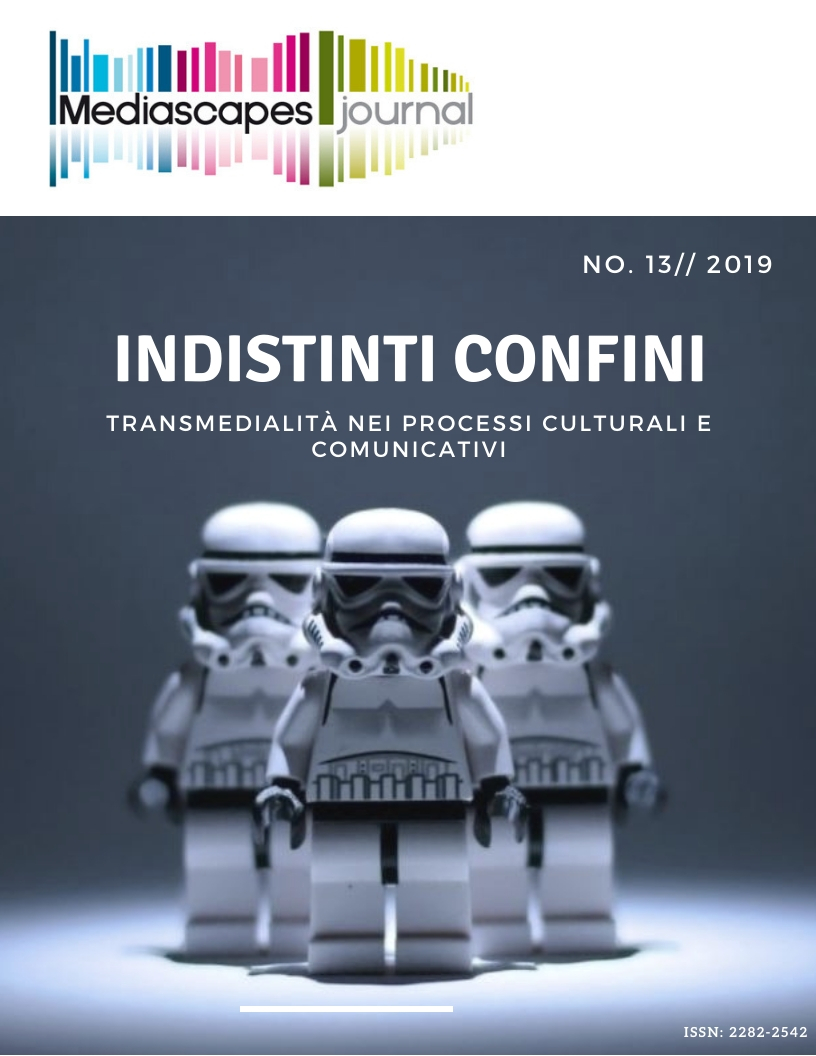Riflessi estetici e illuminazioni selvagge. Per una poetica del corpo danzante
Abstract
Human creativity records and throws again the dynamics of social transformations. It expresses itself into poetics to be costantly interpreted. These poetics exhort us to think of the complex relationship between anthropological mutations, techno-communicative changes, epistemological frontiers and narrative fields. Object of the paper will be the link between the narrative parable traced by some choreographic creations and the speculative horizon. The present choreographic imaginary, with particular reference to some significant works, is conceivable as transposition into choreutical acts of theoretical assumptions. Contemporary dance describes aspects of Zeitgeist foreshadowing the future social dynamics. Relevant theories also narrate the future as well as the current era. These works and these theories interpret the sense-informational métissage realized in the process of cyberneticisation of the human being. The dancers destined to inhabit the mathematized space of digital descriptions represent the suspension of the semantic duality between natural and artificial, biological and technological, organic and inorganic. They are aesthetic reflexes of the chimeric status of contemporary, configured again subjectivity. The choreutical hypotheses of transient forms, intangible and luminescent, less and less anthropomorphic, are generated by the rarefied game of algorithms. They reflect the unfolding of digital transcendence, which identifies the essence of a future existence with the extropic information. The extropy could become the unique principle of a cosmos detached from the underground and embryonic vibrations of human creaturality. The digital dance reaffirms the growing hegemony of abstract individuation and disintegrates the barriers between the persistent antinomies of the Western epistemological tradition.Downloads
Published
How to Cite
Issue
Section
License
Mediascapes Journal is published under a Creative Commons Attribution Licence 4.0.
With the licence CC-BY, authors retain the copyright, allowing anyone to download, reuse, re-print, modify, distribute and/or copy their contribution. The work must be properly attributed to its author. It should be also mentioned that the work has been first published by the journal Anuac.
Having published these contributions for the first time, Mediascapes Journal will have the right to publish them integrally or partially as reprints or possibly as part of a thematic issue, in both digital and printed format.
It is not necessary to ask further permissions both to author or the journal.


